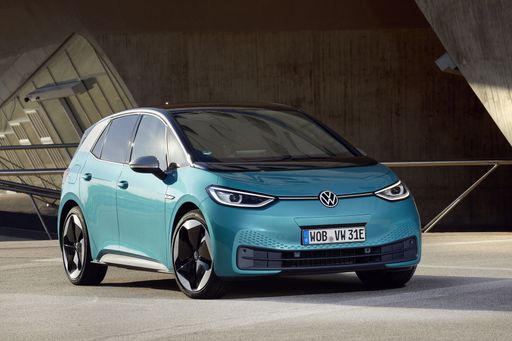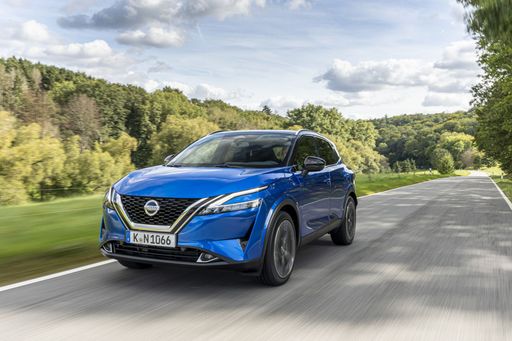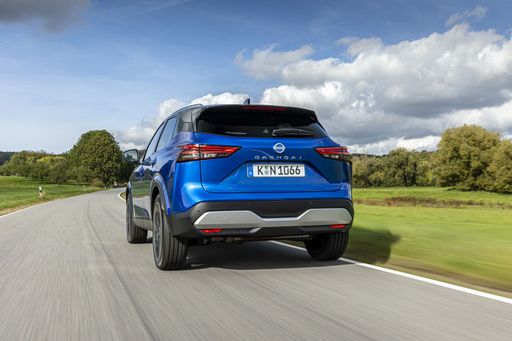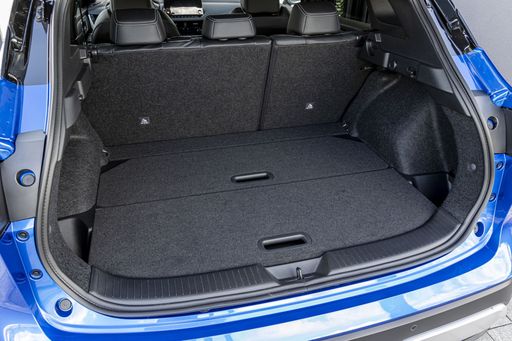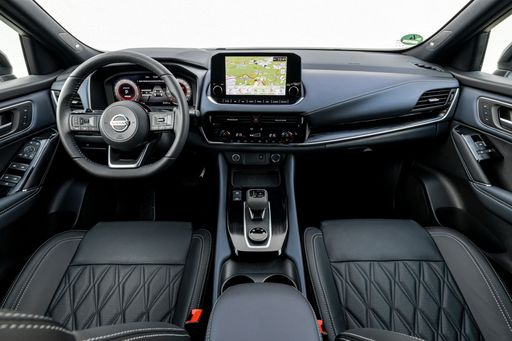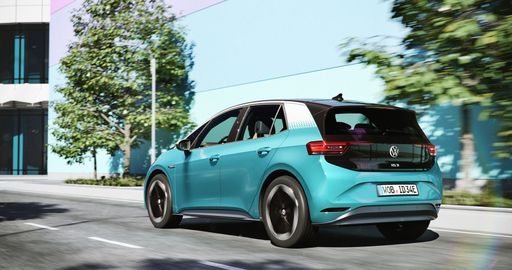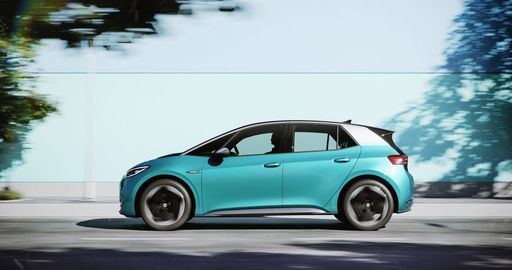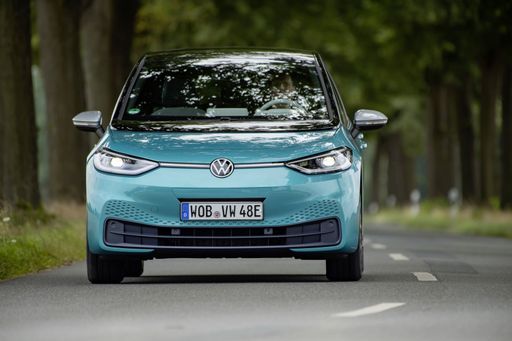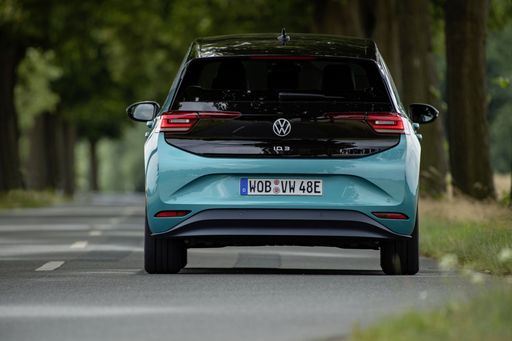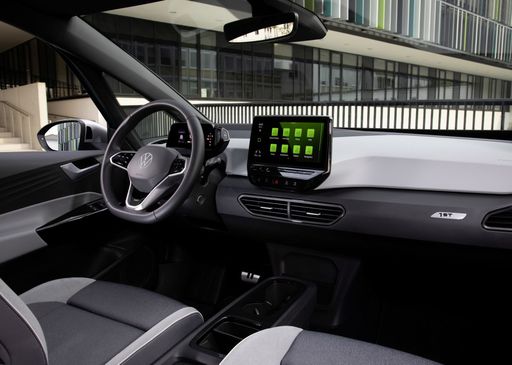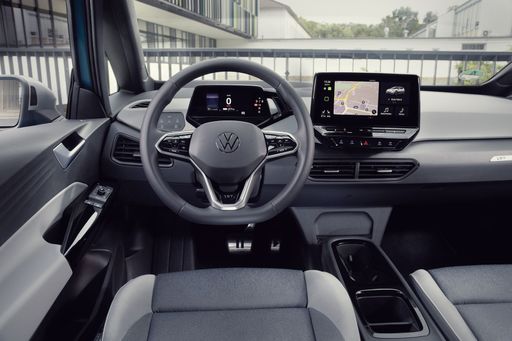Showdown on the Road: Nissan Qashqai vs. VW ID.3
In a rapidly transforming automotive world, choosing the right car can be both exciting and daunting. Today, we pit the popular Nissan Qashqai against the electron-powered VW ID.3 to uncover their strengths, weaknesses, and what truly sets them apart. Are you ready to embrace modern petrol MHEVs and full hybrids, or does the electric future beckon? Let's dive in.

